
In all the cities of the world there are Mystics, Spiritual Gurus, and Fortune Tellers. In the modern metropolis, houses of worship often outnumber schools.
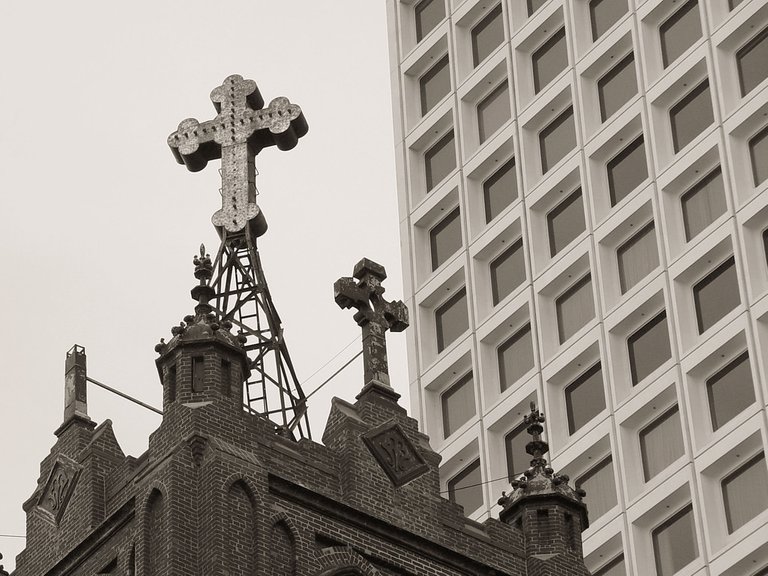
In my experience, rational skepticism is less common on the city streets than talk of gods and ghosts, aliens and angels.
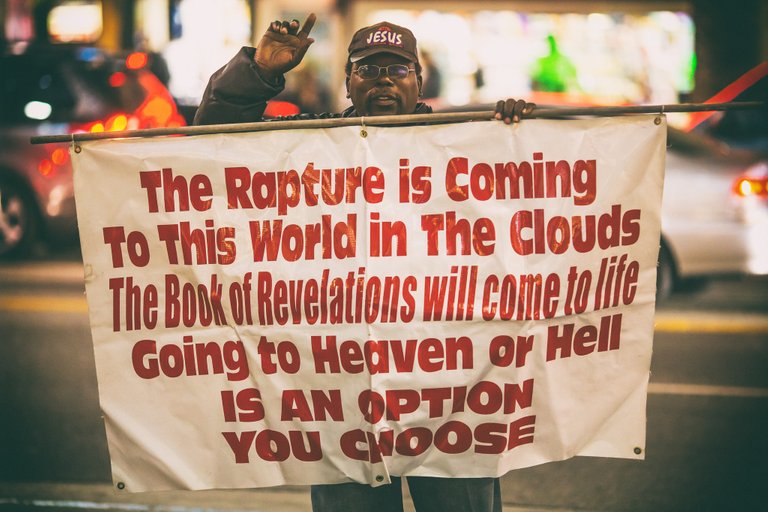
There is this old idea floating around that modern societies, where we would find my stereotyped Big City, are secular and rational places on the whole. As I suggest above, the sights and sounds of the streets suggest this claim is questionable at best.
The notion that modern equals secular is often paired with a sister-notion that traditional societies, ones that are smaller and less up-to-date with technology, are dominated by myth, superstition, and Religion—at least to a greater degree than is the case in the nominally modern world.
This too is mistaken, and I hope you’ll allow me to explain why I think so.
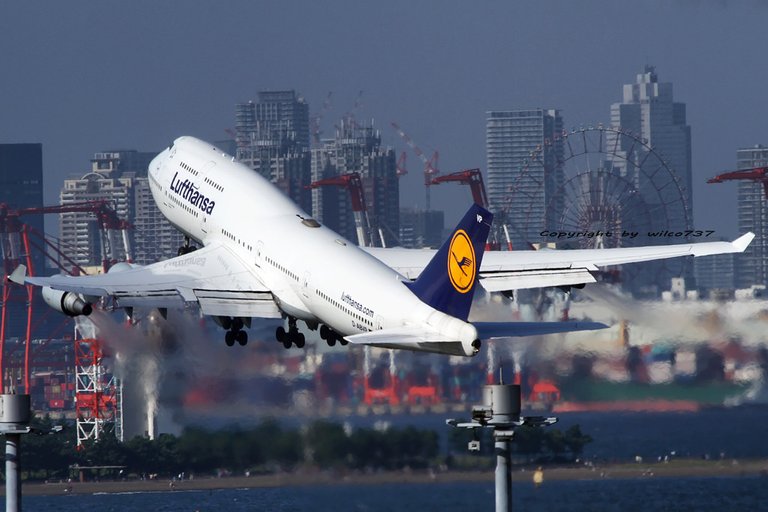
Let’s play the imagination game.
We have arrived in a small, rural community in a developing nation. Us Westerners usually hold a clear stereotype of this kind of place, derived from the pages of National Geographic or other mass media.
It typically involves less electricity, smaller populations (as I mentioned), and simpler ways of food procurement, among its most obvious features. Social Scientists consider such communities to exemplify, or to at least to partly comprise, traditional societies.

Whatever differences we see in this imaginary place compared to the imaginary Big City, it is crucial to realize that in reality we are only looking at the other side the same coin. Stop gawking at the exotic sights and sounds of this fantasy-place, and notice instead what the real world data say about so-called traditional societies: e.g., that people who live in such communities are usually quite modern. High-speed internet access, Western education and medicine, and the mass-produced goods of multinational corporations--these are at least considered desirable in such places, if not essential to life now that they are becoming commonplace.
This of course is not how it is in every culture, who would make such a claim? I am saying it is the general trend in an increasingly globalized world.
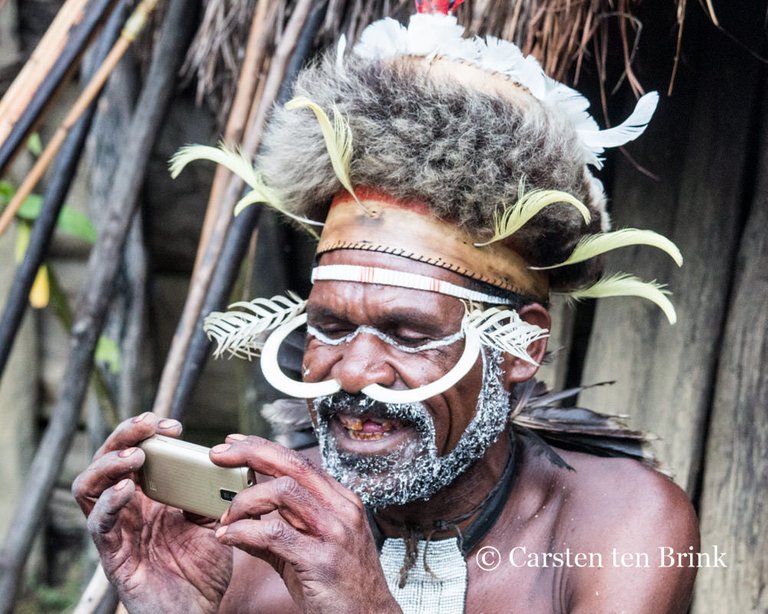
Here, nominally modern ideas, products, and institutions tend to flourish in tandem with nominally traditional beliefs in Gods, spirits, and magic—they seldom actually replace them. It is a principle of co-existence that I think is the case for societies in general, whether we identify them as traditional and modern.
Thus:
To distinguish between modern and traditional societies as distinct kinds or types is to present a false dichotomy.
In terms of overall outcomes, the portrayal of modernity as a truly secularizing force within entire societies seems doubtful. It at least requires all the caveats given above.
***
Now, I do not mean to suggest the dichotomy of tradition vs. modernity is useless. I think these labels are simply less-applicable to whole societies than they are to specific social contexts.
Lets’s go traveling again in our minds. Imagine we are now in what most of us would identify as a stereotypically traditional context: a religious meeting. Whether we picture a Christian church in New York City, or ṣalāt in a rural village in Yemen, we can all imagine such a meeting. Because I think we all can envision this, I won’t bother making some “working definition” of the traditional context for this post. This is a blog, not a book.
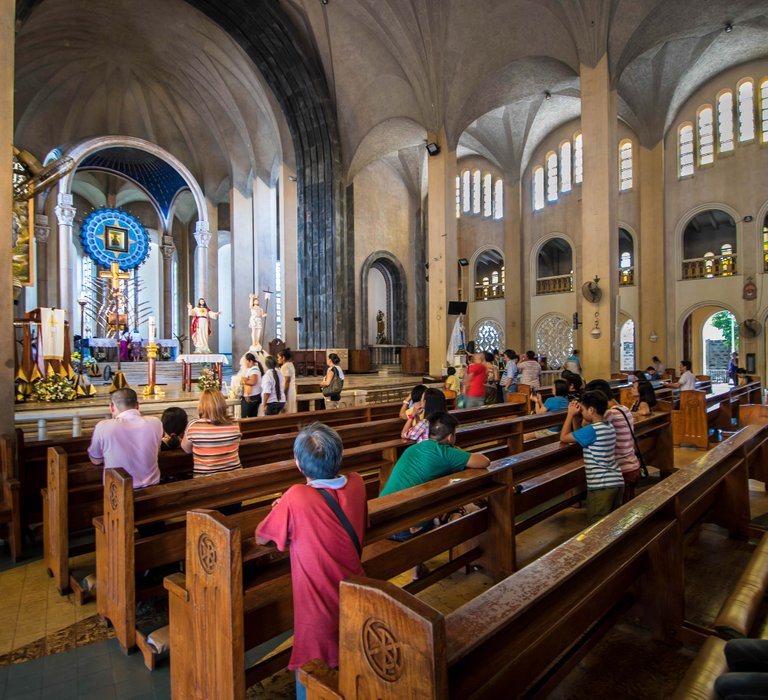
Prayer meetings are perfect examples of what I am talking about: the kind of society you are in fails to determine the social context you are is in. When you’re in group prayer, you’re in a stereotypically traditional social context no matter what is going on outside the doors of the church, mosque, etc. Our imaginary mosque could instead be in New York City, our Church may actually be in rural Yemen.
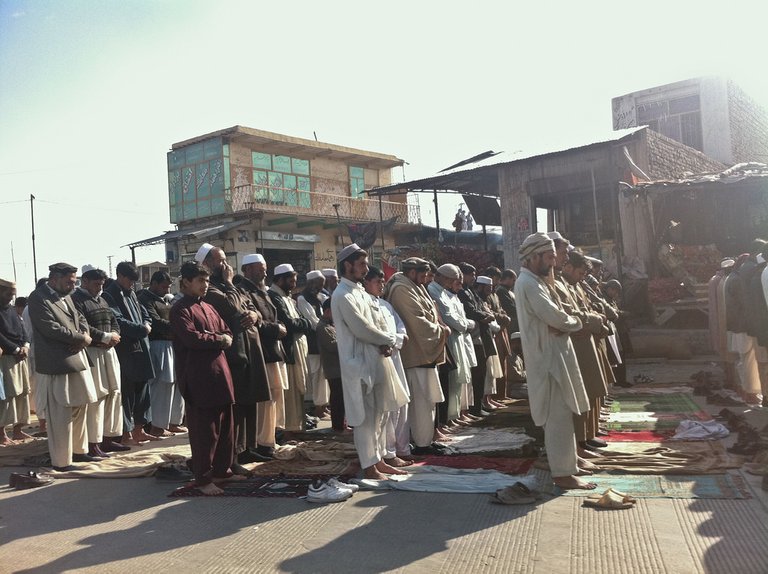
For a final illustration: imagine now that, mid-prayer meeting, you begin a text message conversation with a few of your colleagues. The topic is recent findings in Particle Physics, published in Science.
That would be an impolite move, certainly, but you could do it (just keep your phone hidden and on silent).
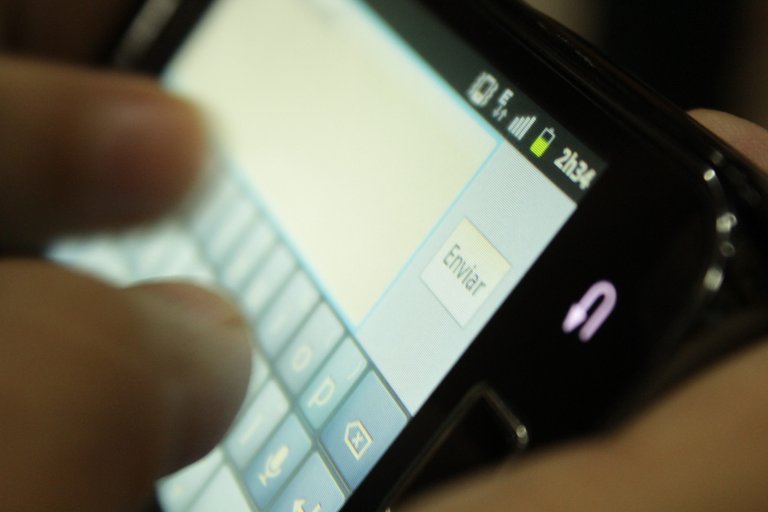
Most of us would identify that social interaction, both in topic and in methodology, as taking place within a more modern social context than is the case for the prayer meeting and, crucially, this is independent of both the geography and the physical community that surrounds you while you do this. New York or Yemen, it’s the same conversation.
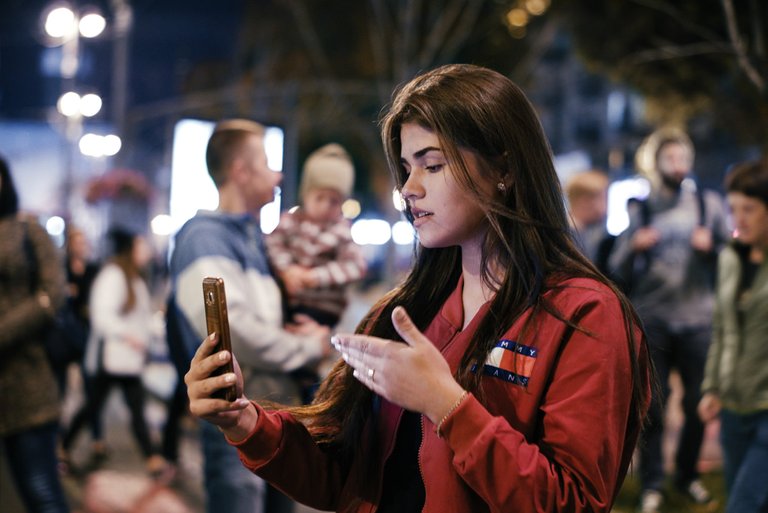
Likewise, it doesn’t matter whether your colleagues are corresponding with you from a laboratory in Bern, a grocery store in Seattle, or an Ashram in Delhi: both you and they are communicating within a stereotypically modern conversational context, independent of which society or society type (again, it should be obvious I don’t think there are real types of societies) the conversation takes place in.
***
My basic conclusions about tradition and modernity as social phenomena, in a few little fortune cookies:

The contrast of modern vs. traditional societies is fictitious.
It is modern vs. traditional social contexts that are proper concepts of study.
Those who would focus on exceptions to these points ignore the general trend. As for true definitions of the terms traditional and modern, this is the topic of future posts.
The main idea in the fortune cookies above, which I’ve been repeating over and over again here, is pulled from Tradition as Truth and Communication: A Cognitive Description of Traditional Discourse by Pascal Boyer (1990).
Bib.
Boyer, P. (1990). Tradition as truth and communication: a cognitive description of traditional discourse (Vol. 68). Cambridge University Press.
Images: All listed under Creative Commons on flickr.com
1. sadhu in Varanasi by Stephen Bugno
2. Cross in Chinatown by Franco Folini
3. The Rapture is Coming by Thomas Hawk
4. Lufthansa Boeing 747-400 in HND (D-ABVP) by wilco737
5. Black Hmong village. by Linda De Volder
6. Modern and traditional by Carsten ten Brink
7. Daily Prayers by Wayne S. Grazio
8. Friday Prayer by Peretz Partensky
9. Texting by Melina Sampaio Manfrinatti
10. Conversation by spoilt.exile
11. Fortune cookies 2 by Ksayer1
[]
Very interesting perspective! It is amazing how much our perception and presumptions can shape the way even anthropologists view modern and traditional societies. One needs to look no further than the evangelical run portions of America where schools are inclined to teach that evolution and climate change are myths.
Thanks for your feedback!
thanks for sharing this great post with us
This post has received gratitude of 1.00 % from @jout
Boyer has some good stuff on his web page. http://www.pascalboyer.net